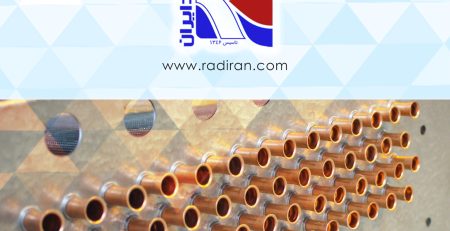What is Fin Space or FPI?
Fin space, one of the important factors in coil’s design
What is Fin Space or FPI?
In the context of coil design, “fin space” refers to the gap between adjacent fins on a coil. It is a crucial parameter as it affects the heat transfer efficiency of the coil. A smaller fin space generally increases the surface area available for heat transfer but may also lead to higher air resistance.
“Fin per inch” (FPI) is a measurement that indicates the number of fins within one inch of the coil. It’s a key factor influencing the coil’s heat transfer capability. FPI and Fin Space are related and one can be calculated based on another.
Let’s consider an air conditioning coil with two different fin space configurations.
Example 1: Coil A has a smaller fin space (tighter spacing between fins).
Example 2: Coil B has a larger fin space (greater gap between fins).
In Coil A with smaller fin space:
– Pros: The smaller fin space increases the surface area available for heat transfer, allowing for more effective heat exchange with the surrounding air.
– Cons: However, the tighter spacing may result in higher air resistance, potentially reducing airflow through the coil. This can cause the coil to make some noises too.
In Coil B with larger fin space:
– Pros: The larger fin space may reduce air resistance, promoting better airflow through the coil.
– Cons: On the downside, the larger gap between fins means there is less surface area for heat transfer, which could decrease the coil’s heat transfer efficiency.
Impact of fin space on the noises of the coil:
The impact of fin space on the noise generated by a coil primarily involves its influence on airflow resistance.
Smaller fin spaces, which increase the surface area for heat transfer, may lead to higher airflow resistance. As air moves through the tighter spaces between fins, it can encounter more resistance, resulting in increased air noise or turbulence. This noise is often described as “whistling” or “rushing” sounds, which is not good in indoor units such as Fan coils.
Conversely, larger fin spaces that reduce airflow resistance may lead to quieter operation as air encounters less resistance while passing through the coil.
Optimization
It’s essential for engineers to carefully consider the balance between fin space and the associated airflow resistance to design coils that meet both performance and noise level requirements in various applications. Noise reduction measures, such as adding sound insulation or using specially designed fins, can also be implemented to mitigate noise issues associated with coil operation.












